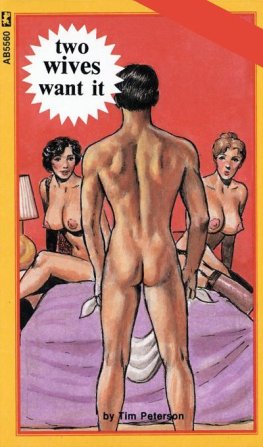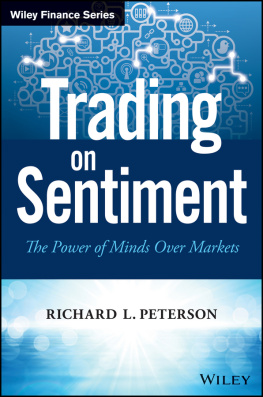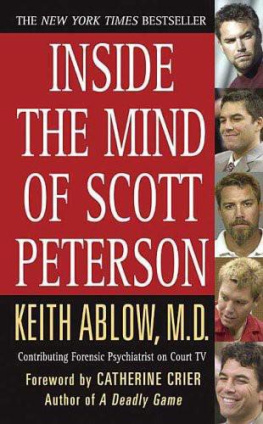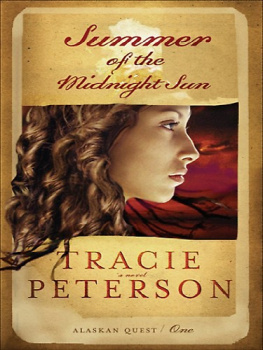Home Front
A Memoir from WWII
C. D. Peterson
Home Front
A Memoir from WWII
by C. D. Peterson
Copyright 2017
All Rights Reserved. No part of this book may be reproduced, scanned, or distributed in print or electronic form without permission from the copyright owner. All images in this book have been reproduced with knowledge and prior consent, and no responsibility is accepted by the producer, publisher, or printer of any copyright infringement or otherwise, arising from the contents of this publication. Every effort has been made to ensure that credits accurately comply with information supplied.
eISBN: 9780960081516
Print ISBN: 9780960081509
For more information, contact:
Self Reliance Press
Post Office Box 5045
Brookfield, CT 06804
203-241-4060
Second Edition
For all those who experienced life on the home front
So some can remember, more will learn, and none may forget
ACKNOWLEDGMENTS
My sincere thanks to all those last ones who contributed their experiences on the wartime home front to my website. Their encouragement and enthusiasm kept me going. A special nod to members of my Naval Aviation Cadet Class 44-1956 who were among the first to step up.
I am indebted to my family and friends for their support and understanding of my unconventional, and often annoying, writing habits.
And, as always, to Odessa, Wendy, Stephanie, and Chris.
Cover design:
Stephen Roth, Roth Graphics
Cover art:
Shelley Lowell
Interior sketches:
Betty Ann Medeiros
Editor:
Holly Hanson Pearlstein
PREFACE
People write memoirs out of needperhaps out of a need for therapy, to quench a vanity, or to satisfy an adoring public. My need is to create a legacy, not a personal legacy for my descendants, but a legacy for a small cohort of a special generation. Any urgency detected in my writing is driven by my awareness that I am among the last ones.
Born in the 1930s, we are the last ones who personally experienced the scarcity of the Depression, the fear and patriotism during World War II, and the exuberance in that brief, pretelevision, postwar period when we felt safe and when the middle class was born.
After the war, with the GI Bill, VA loans, and fully stocked store shelves, the country was all about getting back to normal. But, for some, normal was gone.
This memoir is about my New England farm family and about how normal evaded our reach.
...............
Critics propound incompatible rules about memoirs: you can exaggerate, you can conflate, you can transpose, you can change names and places, you can omit, you can time jump, you can forget, you can even imagine and suppose conversations, but you cant lie, except for narrative purposes.
Though many of these events are more than seventy years gone, I have followed those rules.
C. D. Peterson
November 2017
Special Notes
In 1926, the state flooded Prescott Valley under water to develop the big Quabbin Reservoir, so they could bring water to people in Boston. They took our farm. Your grandmother, your father, and Iyour Uncle Carl was just a liten pojke drove our cows down the car roads here to Framingham to make Hillcrest Farm. The newspapers took pictures. They called it a cattle drive.
Grandfather Enoch Peterson
Said to me when I was a boy
...............
Developers have obtained the 150 acre Hillcrest Farm in Framingham. The farm lies along the Massachusetts Turnpike Authoritys developing westward route. In addition to a major highway interchange, plans for the property include an industrial center and a critical bridge over the reservoir system that supplies water to Boston. Hillcrest Farm had been owned and operated as a dairy farm since 1926 by Enoch and Myrtle Peterson and their family.
Framingham News, June 1955
PART ONE
LIFE DURING THE WAR
INTRODUCTION
December 7 th , 1941, is the earliest memory I can swear to. To me, it seemed as though a second world had been layered on us. Everything we did now had an added meaning; we didnt just farm, we farmed for the war effort. We sang extra songs in school for our boys overseas. Make do! was the slogan, and rationing was the reality. Save tin. Save fat. Save paper. A long-feared storm had arrived.
Separation and longing swelled into the center of our lives. In movies and magazines, I saw visions of the war. I learned the names Roosevelt and Hitler and places like Iwo Jima and Monte Cassino.
I felt, as we all did, the bonding and camaraderie of the shared threat with my schoolmates, neighbor farmers, and even strangers brushing by on the street. Patriotism, and its inverse otherness of our enemies, showed itself in signs and slogans.
Children fared variously, with some sending fathers into the war and some also sending mothers into factories. Some had great fear, feeling we would always be at war. We had no agency. We watched: dependent, impotent, and obliged to be silent. We started growing our lives and waited for things to get better.
I fared well and felt I did my part.
...............
If the Japanese win any more battles, they could win all the way to California, I heard my grandmother say. She sat at the scarred oak desk that served as the hub of our farm and to which everything else seemed to be attached, scowling past our only telephone. I was getting some rye hardtack from the cold pantry, and I felt sure I shouldnt be listening, so I slipped out to be with our men in the dairy.
A few days before, I had overheard the men talking about how all the Japanese out West were being rounded up and sent out to the desert. This day, slapping their boots around the wet cement floor and rinsing everything down with chlorine water, Bob and Dick were talking about when they planned to go in. They decided to enlist rather than wait for the draft and guessed that they could be on their way pretty soon. My father and two uncles were already off in the navy. With Bob and Dick heading off, that left just my grandparents, my mother, Uncle Carl, and me to handle the farm, and my mother wasnt a real farmer though she worked hard.
My mother
The newspapers had predicted that with the shortages, and how fast prices were going up, we would soon be rationed. Rationing began in January 1942first with tires, then cars, then gasoline. We had ration stickers for gasoline and owned a yellow, Minneapolis Moline tricycle front tractor with good rubber tires, but my grandfather figured we had better see if Tom and Jerry could still take to harness. He always talked about getting rid of the old Belgian buckskin team but never got around to it.
They turned out to be still workable for haying, if you rested them now and then. Sure is quiet without that tractor roar, my grandfather said the first time we took them back out.

My grandfather with Tom and Jerry
Gypsy, our riding horse, stood big enough to pull a wagon. Uncle Carl could build anything, and when the war started, he took an old cart bed and built it into a pretty good milk wagon. He painted it shiny red, white, and blue. We didnt use it a lot, but my mother did deliver milk with it, and the newspaper took her picture. Well, look at you in the newspaper, my grandmother said.

 My grandfather with Tom and Jerry
My grandfather with Tom and Jerry












